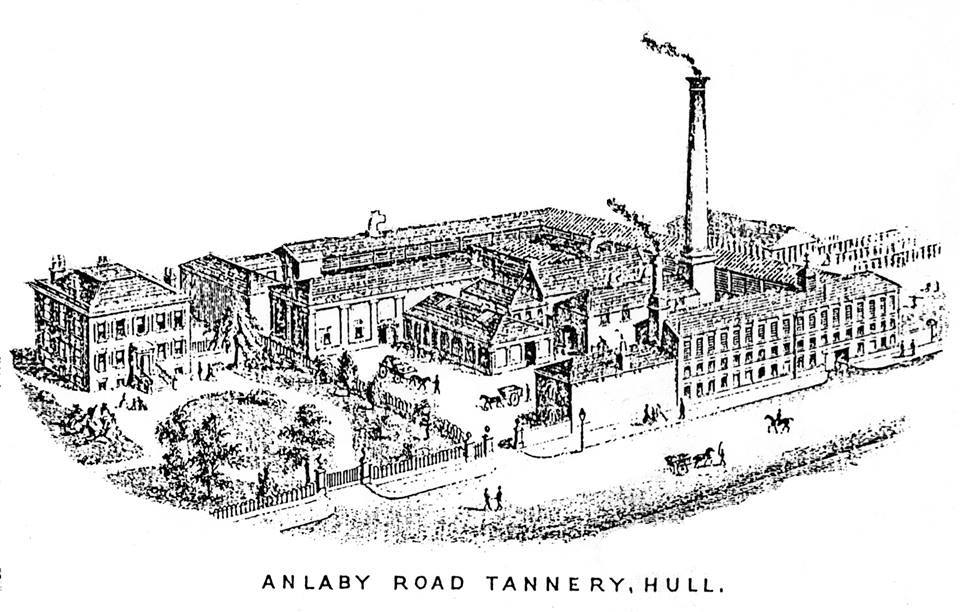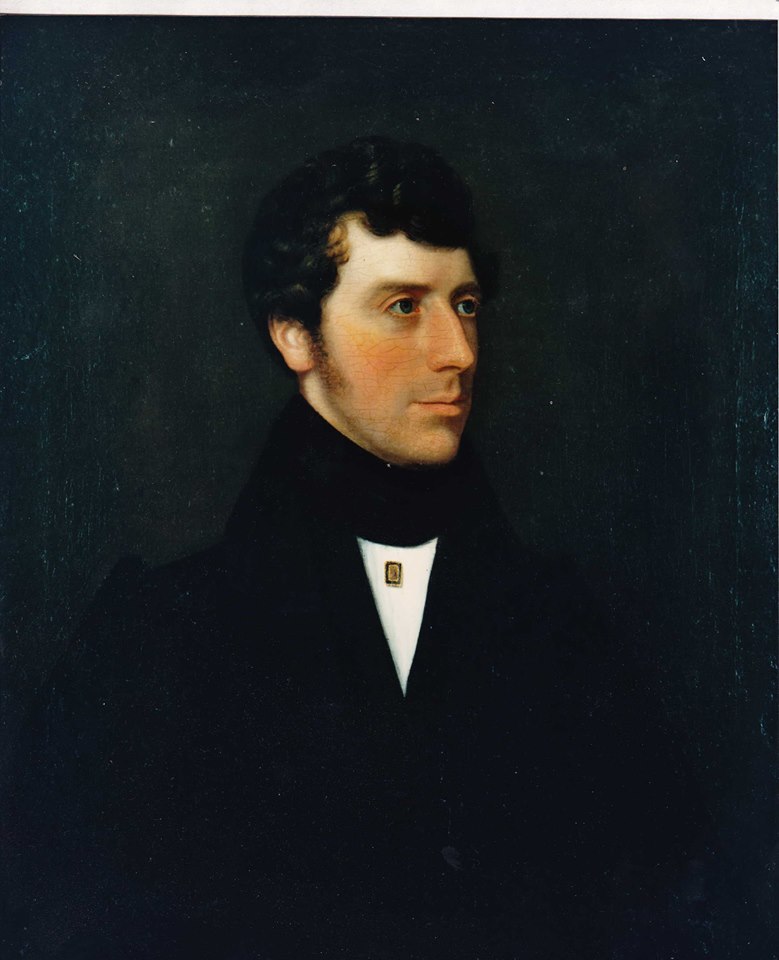Another famous Hull personality, and relative of FoHGC Facebook member Dave Morecombe, who is buried in Hull General Cemetery. Thomas Holmes (1802-1870) was the son of Hull currier (tanner), John Holmes, who had established a tannery business in Church St (now part of Wincolmlee) in the early 19th century. By 1835 John Holmes & Sons were listed as having a tannery on Anlaby Road, near Tan Yard Lane (later becoming Campbell St). The family lived at Shalam House adjacent to the works, which dressed fine leather, whilst the Wincolmlee site specialised in manufacturing leather for shoe soles.

The company also established another tannery at the bottom of Providence Row, occupying a large site midway between Brunswick Ave and Fountain Rd, on what became Holmes St. The tannery effectively split the street in two, causing the anomaly of there being a Holmes St on Fountain Rd, and one on Brunswick Ave!
Thomas married Elizabeth Barton of Doncaster on 8/7/1830 and they had 7 children, (4 sons and 3 daughters). The eldest son, John, became a minister of the church, one daughter, Mary, married the Rev Green and died in 1859, she is also buried in Hull General Cemetery.
Thomas died in 1870 and is buried in Hull General Cemetery along with his wife Elizabeth who died 3 years later. After his death, Thomas’ second son, Thomas Barton Holmes, along with his younger brother Samuel Henry, continued and developed the business into the 20th century, whilst the youngest son, Charles Denton Holmes, formed the ship repair business of CD Holmes.Ltd.
The family continued to live in Shalam House in Campbell Street until well into the 20th century, the house survived the war but was eventually demolished in the late 1940’s.
Many will remember the rancid smell of the tan yard down Air St and Wincolmlee but the business suffered, along with other tanneries in the country, through cheap imports and began to run down, and after a series of take overs and name changes it became Holmes Hall (Processors) Ltd in 2010.
With acknowledgements to Paul Gibson’s definitive book, ‘The Anlaby Road‘, a great source of information for anyone interested in local history.

